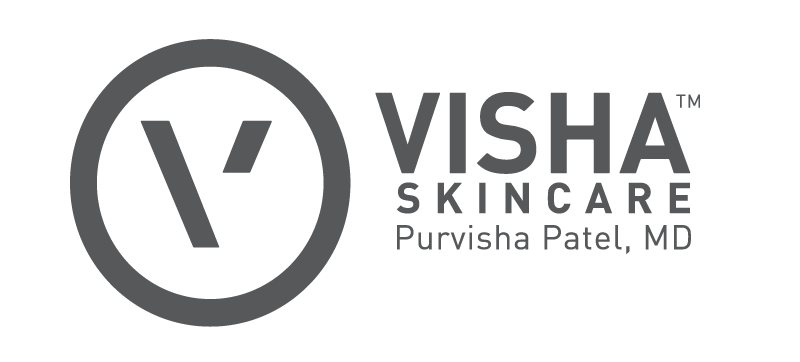
Glam Posted "Here’s Why You Tend to Get Ingrown Hairs in Specific Parts of Your Body" Visha Skincare founder, Dr. Purvisha Patel explains that, regardless of hair type, any body hair management routine is prone to cause ingrown hairs.
Body hair can be a real pet peeve. As if having too much or too little body hair is not enough to worry about, many of us also have to deal with painful and frustrating ingrown hairs. According to the Mayo Clinic, ingrown hairs — also known as razor bumps — are characterized by inflamed bumps and blisters in which strands of hair grow back into your skin and stay trapped under the skin surface. They may also develop as a result of dead skin cells and sebum obstructing the hair follicles. Ingrown hairs can cause pain, infection, itching, and post-inflammatory hyperpigmentation.
Ingrown hairs are usually found on the skin of anyone who waxes, tweezes, or shaves their hair often. Ingrown hairs are a common issue for those with thick hair, but they can affect anyone, dermatologist Dr. Purvisha Patel tells Byrdie. "They get painful and inflamed when there are micro-infections of the follicle and can result in pimples/acne in the area," explains Dr. Patel. Here are the specific parts of your body where you're most likely to get ingrown hairs, and why.
The bikini line is a breeding ground for ingrown hairs
With hair removal methods such as shaving, your hair strands just break off instead of being completely removed. They will grow back sharper and blunter than normal and in a curled direction that can push back into the skin. As a result, your immune system treats ingrown hair as an foreign invader and reacts by causing swelling and redness. Ingrown hairs commonly show up on the face, neck, legs, armpits, back, and pubic area, or any location where there's been a removal of hairs by means of shaving or waxing, according to Healthdirect Australia. However, your bikini line is where you'll see most of the ingrown hair growth happening.
According to dermatologist Dr. Jessica Krant, the pubic hairs that crop up along your bikini line are usually coarser and curlier than your armpit or leg hairs, which is why they tend to curve back under the skin instead of lashing straight out (via Dermstore). Additionally, the tight undergarment you're wearing puts a lot of pressure and friction on your bikini line, preventing the hair from rising outward to the surface as it should. Although ingrown hairs are occurrences you have no control over, there are ways to prevent them from wreaking havoc.
How to treat and prevent ingrown hairs
For a start, apply a warm compress to the affected skin to reduce inflammation, per Vivant Skin Care. Once the pesky hair rises above your skin surface, lift it — don't pluck — with sterile tweezers. Refrain from squeezing the bump, which will further inflame the area and spread the infection.
To treat and prevent the growth of ingrown hairs, use products with gentle acids — such as glycolic acid — to exfoliate the area and keep the follicle open. Technical director at Acheson & Acheson Robin Parker tells Elle: "Somewhat of a saviour for those ingrown hairs, as well as acne, glycolic acid breaks down the mixture of sebum and dead skin cells that cause obstructions to hairs, so that they can reach the surface much easier and without the area becoming inflamed."
To prevent ingrown hairs long-term, ditching waxing and shaving for a more permanent hair removal method is a good shout. If you decide to shave, be sure to moisten your skin with warm water, apply shaving gel, and shave as quickly as you can in the direction that the hairs are developing. Applying a moisturizing lotion after shaving helps keep your skin hydrated. Also, exfoliate two to three times per week — especially your bikini line — to prevent dead skin cells from blocking the hair follicle and giving way to ingrown hairs.
